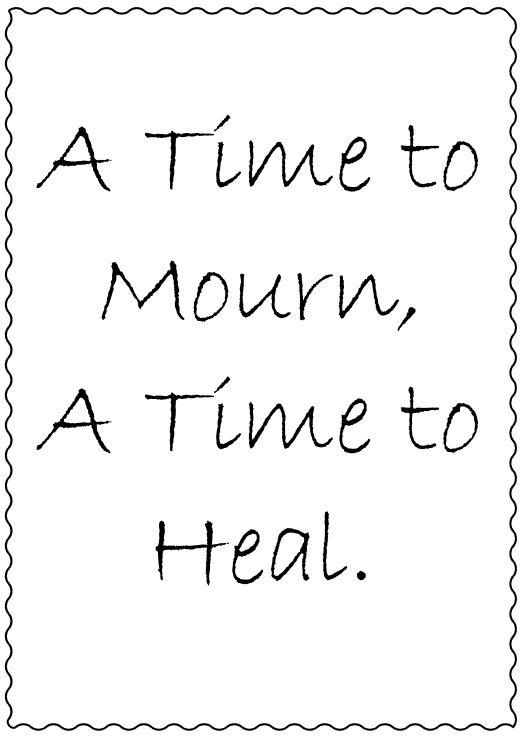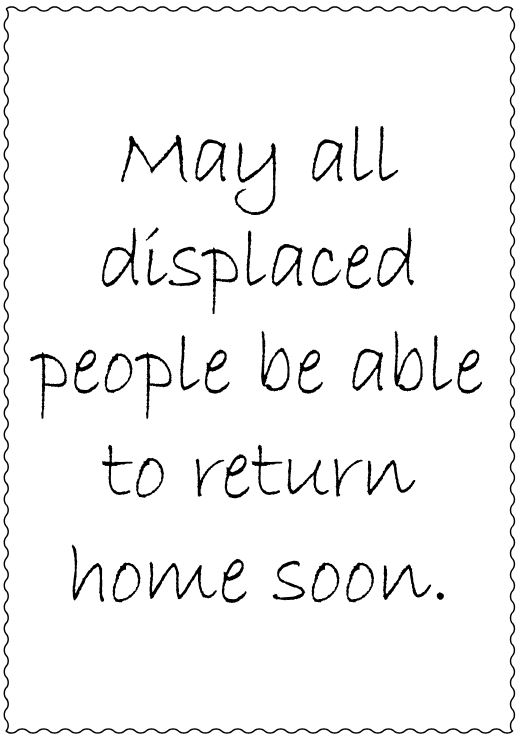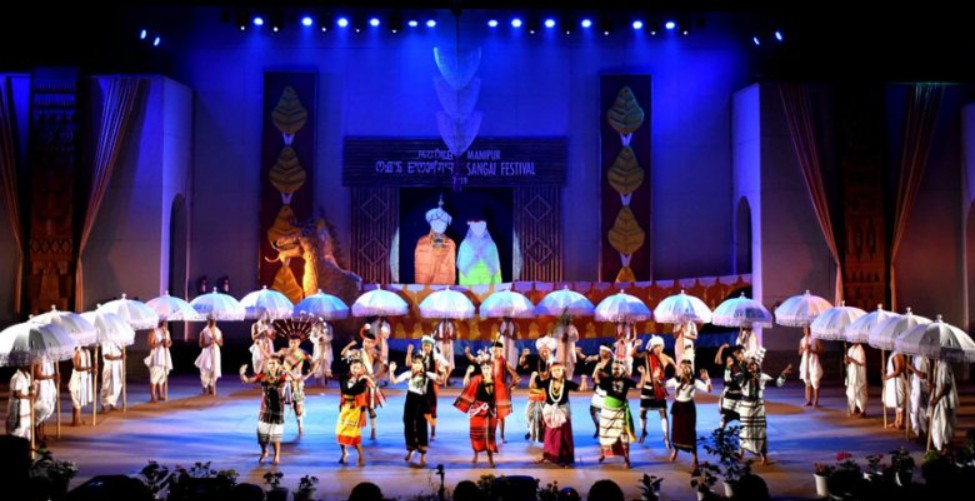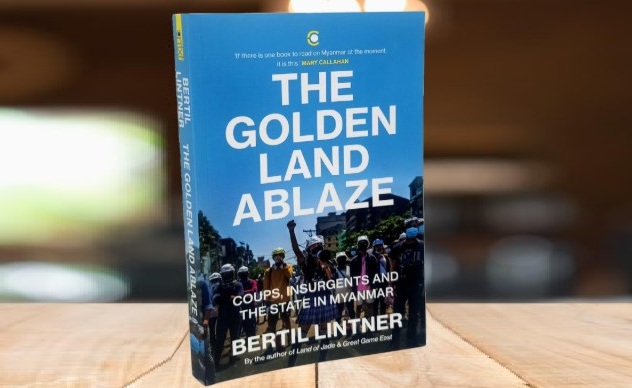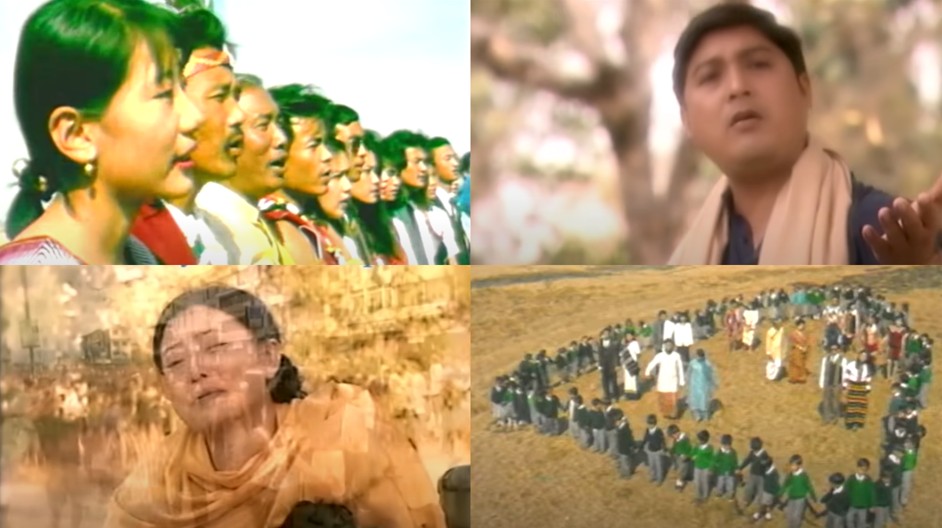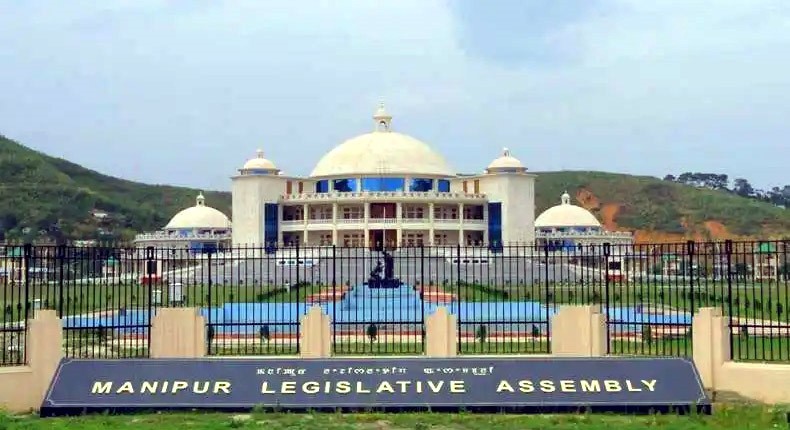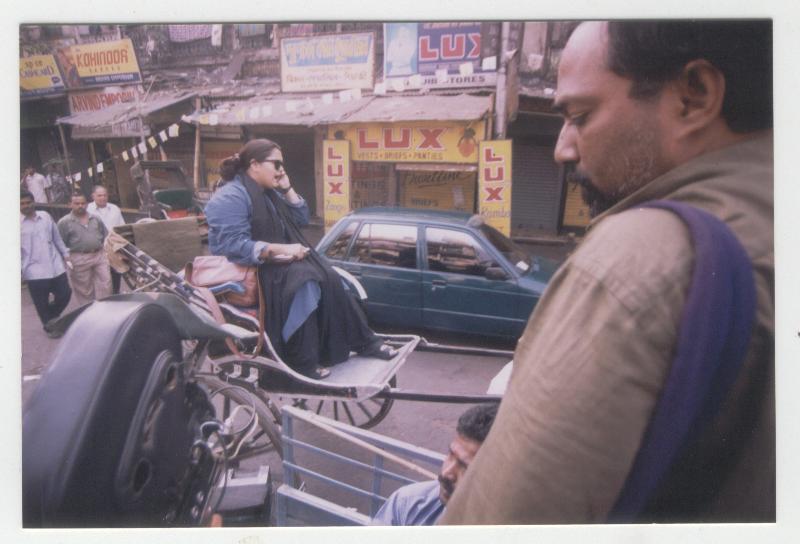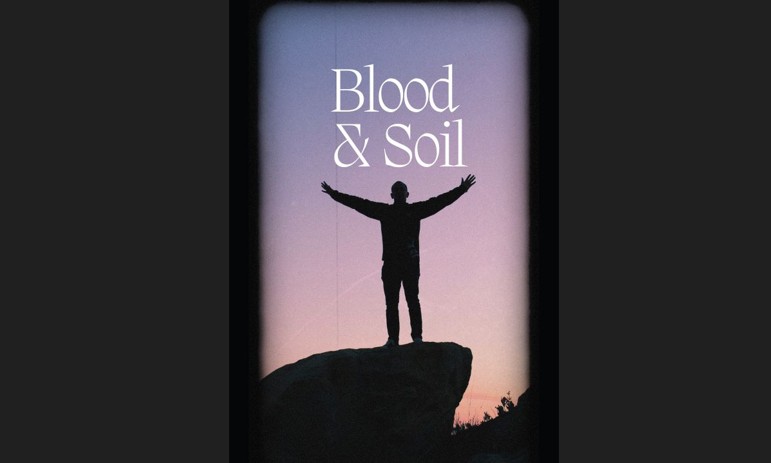Perhaps, the suffocation and the miseries we had had to endure due to the prolonged ethnic conflict needs a release. For some, mostly the teenagers this seems to be in the form of short hikes to the hills and hillocks circling Imphal. For music lovers of our generation, who mostly are akin to listening to indie music or independent artists, it is through attending gigs and music festivals organised mostly in the picturesque countryside. Picnics, Shumang Leela, Thabal Chongba, Matam Eshei, Films etc are the other mediums of leisure for our society. At the peak of the fighting between the two warring communities, ‘art’ and ‘leisure’ were affected. For long, artists suffered quietly as no gigs, shows, etc could be organised publicly, rendering them into economic hardships. Whilst Thabal Chongba, Yaoshang Sports, Kang, Housie and other public festivities were also halted. But as the sound of gunshots reduced, the festivities both traditional ones and private ones, started again.
Imphal valley, the melting pot of cultures and other activities started limping back to life slowly. The major indicator of an ‘illusionary stability’ was the various gigs, concerts, etc that people started attending in huge numbers. Although, bandhs, internet blackouts, curfew still remain a very easy possibility, pushing organisers to shift often programme dates.
Anatomy of a Concert in the Valley
What happens at a typical concert? Private concerts are ticketed somewhere within rupees 300 to somewhere below 1000 rupees. Whilst the public concerts are mostly sung by singers who sing Manipuri Matam eshei; it is free for all to attend and are non-ticketed events. Ticketed concerts are attended by the younger generation and one will hardly find the older generation in the venue. Even the set of artists singing in the ticketed and the non-ticketed mostly remains different. However, of late, even the Matam Eshei singers have also started performing with a mix of indie and independent artists. Sporadically a few fundraising concerts are also organised from time to time.
The number of crowds attending may differ according to the venue, ticket cost and the artist lineups. Some successful ones like the first edition of the Imphal Indie Music, which was organised on 18th May, 2025, saw a footfall of around three thousand people attending.
The lineups of a gig are drawn by placing different permutation orders from the available pool of artists. It is very rare to see the whole concert performed by a single artist or a single band; except for Tapta. So, suffice to say a gig usually has a minimum of 3-4 and may stretch up to 6-10 artists/groups/bands.
The poster/flyer of the gig always states the time frames of the concerts; usually starting before the dark. However, in reality, most concerts usually start an hour or two late from the stipulated time, hence stretching the end of the gig to late in the night. Reasons for the delay may sometimes be due to technical issues or due to artists arriving late. But this is seldom the case, and the major reason being the attendee trickling in late; thereby rendering organisers to start off late.
Once the concerts start, and as the tune progresses, so does disturbance which most frequently start in the form of petty fist-fights. The reason for such petty drunkard fights are mostly absurd. There are also words around that the frequency of such masculine outbursts and bravado have also increased post the conflict, the extent and damage need a proper socio-psychological study. Often when such an unwanted incident happens at the venues, volunteers intervene and if they cannot the villagers, clubs make an entry.
Amidst the many gigs across, sometimes it ends in total chaos and mayhem with either the police or the mob intervening. On the evening of 27th, June, Manipur Police personnel went up on stage to stop the concert at Chumthang Sanapung. Similarly on the same day, a mob of villagers stormed Thawai Hou; a private space located at Heibongpokpi. The mob of villagers went on a rampage of breaking Indian Made Foreign Liquor and accusing the attendees of ‘shanei-yuneiba’. Soon, the internet broke with divided camps. People aligning to moral conservatism started maligning the image of a popular folk artist as she purportedly co-owns the space. Whilst the attendees and many others started calling out the brazen act of mob-justice and terming the mob as “lawai-macha/chao-khattaba/lawai-minded people” and “trespassing into private property”. Alcohol consumption is pervasive in the Meitei society and one need not go further into explaining why there is an inherent hypocrisy in the rhetoric of ‘shanei-yuneiba’. I shall reserve the rhetorical debate of ‘shanei-yuneiba’ for a different time and article.
Reigniting the Lawai-Imphal debate
On 4th May, as indie artists gathered at Royal Turf, Mongjam, for soundcheck a group of men came in and had asked the organisers to cancel the concert schedule for Kanglen, citing disturbance of peace and tranquillity of the village and bad past experiences. Dejected artists and organisers were left with no choice but to pack up their instruments and return home with sorrow. Soon when people learnt about the unfortunate ordeal, a few social media including singers and musicians sarcastically posted “lawai da eshei sinbiganu”. It is saddening to see artists, progressive men and women rather than trying to address the inherent contradiction between ‘art’, ‘leisure’ and ‘society’ but reduce everything as a fault of “lawai”.
‘Lawai’ is a feudal term often used derogatorily and discriminatorily to signify rustic geographical backwardness and lack of culture. Few liberals may argue with their rosy lips, that ‘lawai’ is not about or just about geography, but also about the character of the person. Yet it remains directed more towards the country bumpkins than the richer and the privileged one in Imphal. Artists and people who wear the mask of progressiveness should detach, invoking such labels towards the villages, where historically infrastructural and economic justice have remained elusive and stolen.
Art is a means where one communicates with the other. Why then are villagers storming in or stopping concerts in their vicinity? Doesn’t it then signify a rift between the medium and the message? Yes, artists have had to face tumultuous hardship due to the conflict. But do we need to remind them that the farmers have also had to endure even worse? Conflict, Climate Change and lack of institutional support have plagued the agrarian landscape. Further, the unregulated construction such as petrol pumps, private buildings, resorts amidst the sprawling paddy fields have inflicted damage to the marginal farmers. Furthermore, are the artist, organisers and concert goers aware of the intense nature of farming during the months of May, June, July? If they were aware, then the concerts that happen at the rural landscape should not disturb the sleep of the farmers who usually have to wake early and tend the fields at dawn. In Imphal, away from farming, offices, business and life are fixated into the 9-5 frame and usually retire later then one does in the village. Ask a farmer who has to tend his/her field in the morning, and ask people in Imphal, one will find a time difference one to a few hours on when they sleep and wake up. Peace in a concert is not necessarily just about no incidence of fist fights or untowards incidents but it is also about respecting the time frames of the society where the decibels of the drums and guitars reach.
Like, my friend and rapper Ningombam Captain says “Imphalite concert goers lack concert etiquette”. Until and unless we cultivate a more empathetic outlook and address collectively the issue of punctuality, masculine outburst, and learn to drink responsibly, the fissures between ‘art’, ‘leisure’ and ‘society’ will only widen. Villagers in their own devices and means will resist, when urban elitism fails to understand the society. Who will we then file the FIR to when our whole society is torn by contradiction which leads to violent antagonism? One may not need to remind everyone that “to live in a society and to be free from a society is impossible”, hence to exit from this clusterfuck cannot be partial but must be collective effort.

The writer is an environment enthusiast and specializes in climate change impacts and related issues


